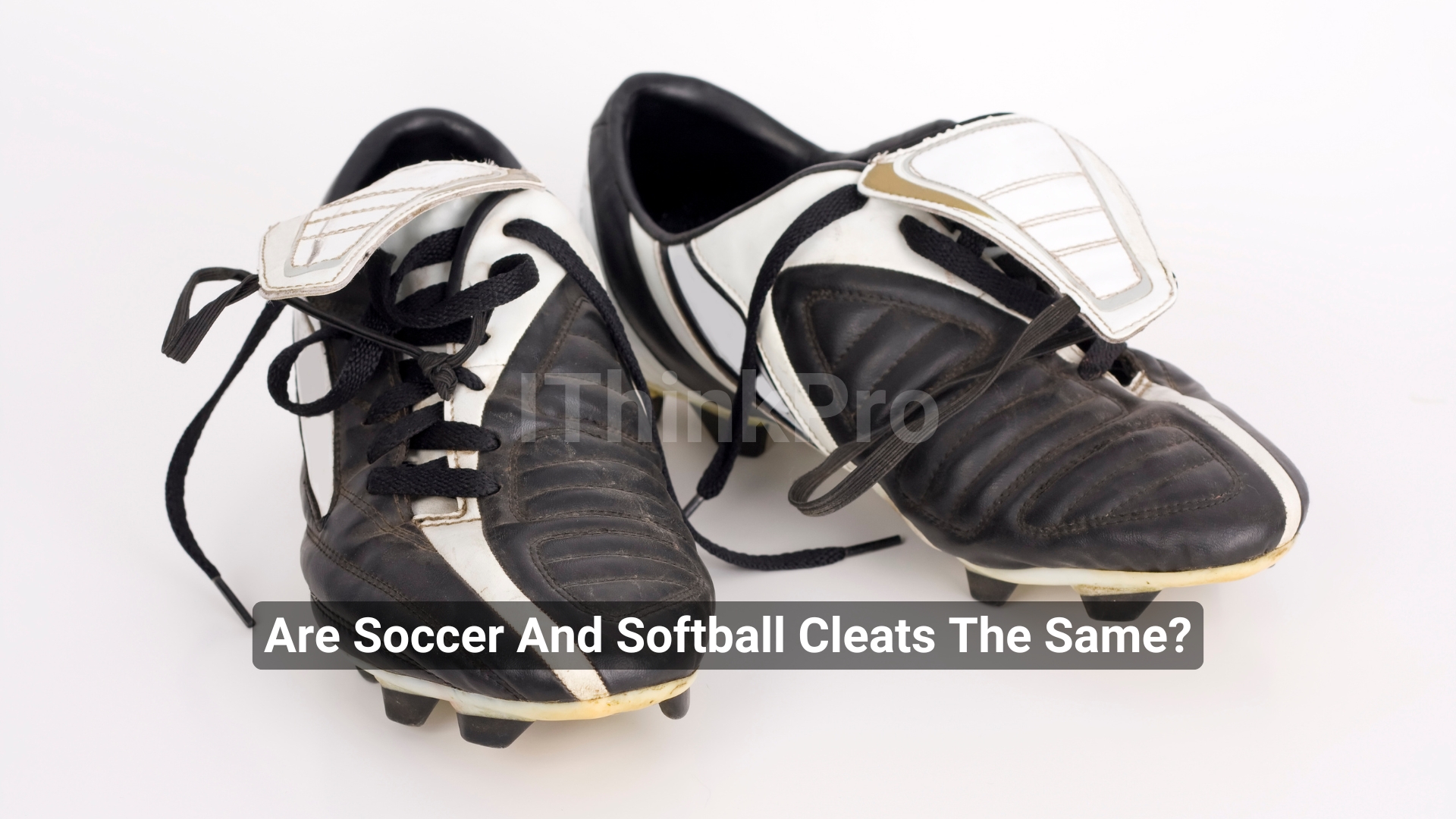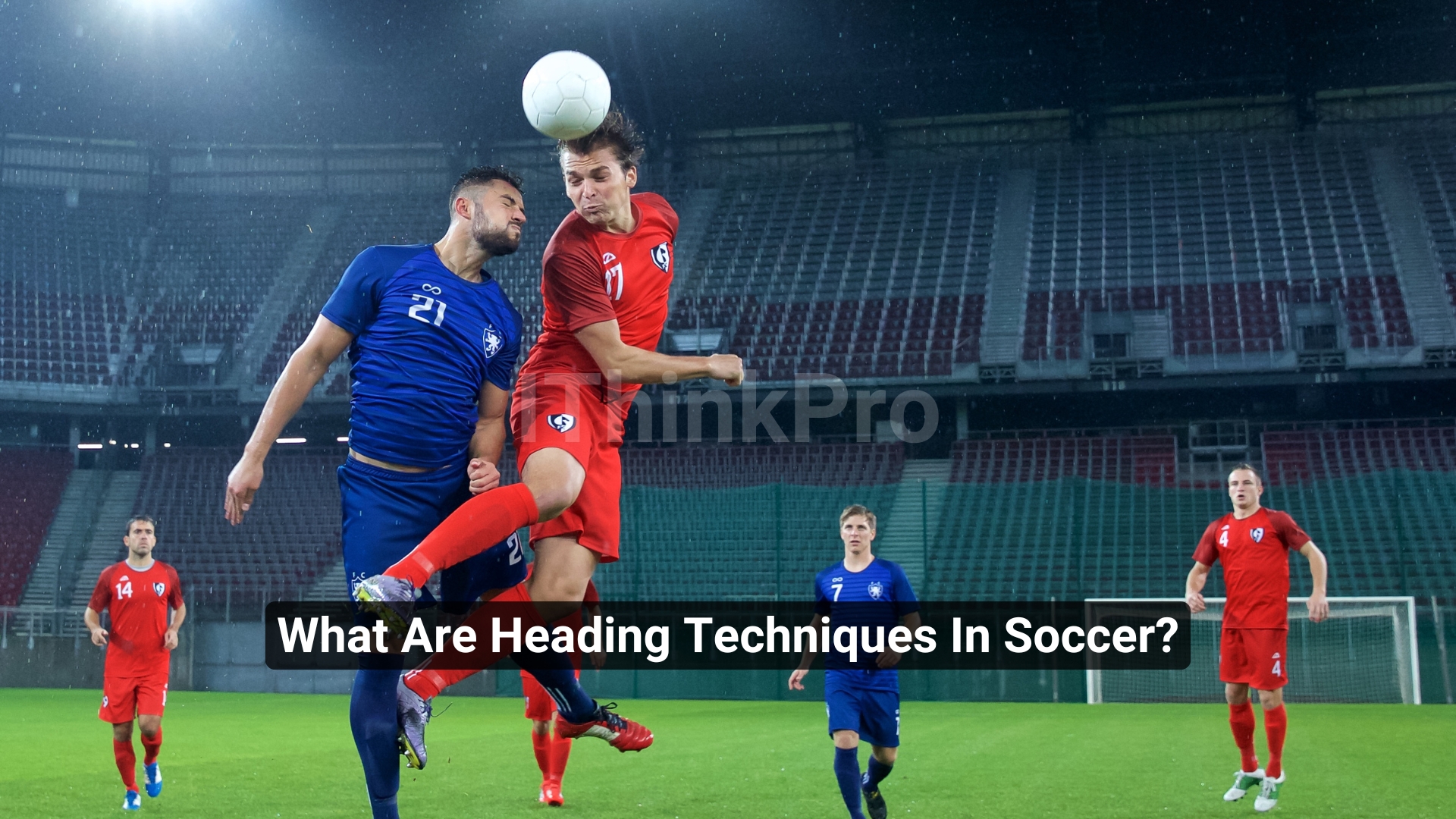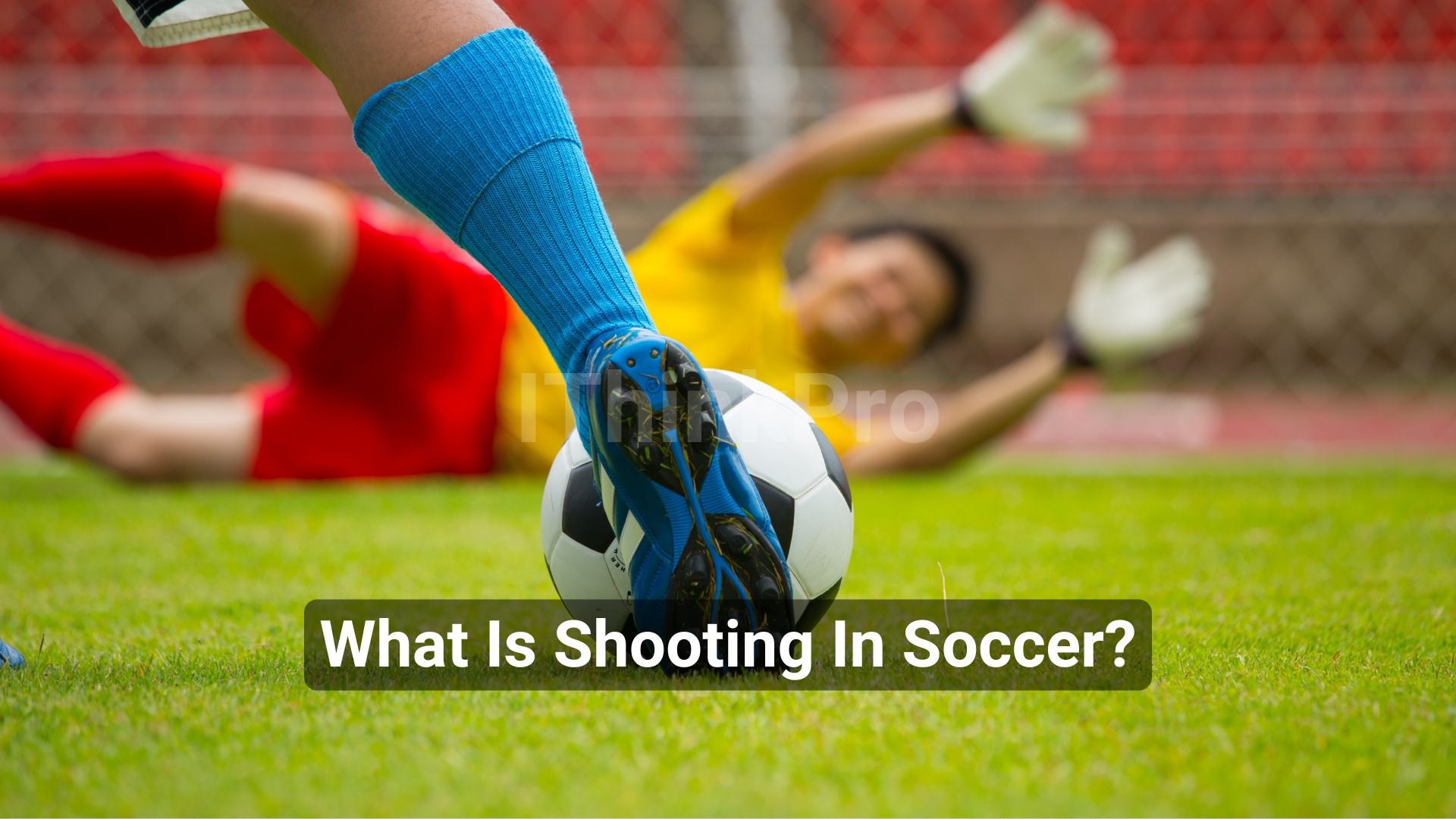Introduction
Hello Champ!
Many athletes and sports enthusiasts often wonder if they can use the same cleats for multiple sports. One common question arises: Are soccer and softball cleats the same? It can be confusing, as both cleats look somewhat similar, but choosing the wrong type could impact performance and even safety.
While soccer and softball cleats share some similarities, they are designed with different features to meet the demands of each sport. Understanding these differences will help you select the right cleats for maximum performance and comfort.
In this article, we’ll break down the key distinctions between soccer and softball cleats, explain why they matter, and guide you in making an informed decision. So, if you’re wondering are soccer and softball cleats the same? keep reading to find out the answer!
Overview of Soccer and Softball Cleats
What Are Soccer Cleats?
Soccer cleats are designed for fast-paced movement on grass and turf. They are typically low-cut, allowing for maximum ankle mobility. Soccer cleats have small, evenly distributed studs on the bottom, optimized for quick turns, sprints, and ball control. The cleats are lightweight, allowing players to maintain speed and agility throughout the game. They are often made from plastic materials or leather, which provide durability and flexibility on the field.
What Are Softball Cleats?
Softball cleats, on the other hand, are built for stability and grip on dirt or grass surfaces. Softball games require bursts of running, quick stops, and lateral movements. As a result, these cleats often feature a high-top design for added ankle support and longer studs for enhanced grip. Softball cleats are generally more rigid than soccer cleats, offering the stability needed for hard slides into bases and sudden directional changes.
Key Differences Between Soccer and Softball Cleats
Stud Length and Configuration
The primary difference between soccer and softball cleats is in the studs. Soccer cleats have shorter, more evenly spaced studs that offer multi-directional traction for quick foot movements. In contrast, softball cleats typically have longer, pointed studs designed to dig into dirt fields, giving players more grip when running the bases or fielding ground balls. This difference in stud length and configuration reflects the distinct movement patterns in both sports.
Ankle Support and Shoe Design
Soccer cleats are designed to be low-cut, providing minimal ankle support to allow for the free range of motion needed in soccer. This enables players to pivot, turn, and control the ball without restriction. Softball cleats, on the other hand, often come in both low-top and high-top designs. High-top cleats offer extra ankle support, which is essential for players who need stability during hard slides and lateral movements.
Traction and Field Surface
The type of surface the game is played on also impacts cleat design. Soccer cleats are primarily made for grass or artificial turf, where the short studs provide adequate grip without digging too deep into the surface. Softball, however, is played on a combination of grass and dirt, so the cleats need to offer more traction. Longer studs on softball cleats help with the quick stops, starts, and rapid changes in direction on a dirt field.
Material Differences
Soccer cleats are often made from lightweight, flexible materials like synthetic leather or mesh to give players speed and a close feel for the ball. Softball cleats, by contrast, are typically more robust, made from materials like leather or thicker synthetics to provide durability and support during aggressive movements like running bases or sliding into the home.
Rules and Regulations for Cleats in Soccer and Softball
Soccer Cleat Regulations
In soccer, the length and placement of studs are regulated to prevent injuries. Players must wear cleats with rubber or plastic studs, and metal studs are not allowed in most amateur leagues. The focus is on providing traction while minimizing the risk of harming other players during tackles or close contact.
Softball Cleat Regulations
Softball cleats, particularly in adult leagues, often allow metal studs, especially for competitive or advanced levels of play. Metal cleats offer increased grip on dirt fields. However, youth leagues usually restrict the use of metal cleats for safety reasons, requiring players to wear rubber or plastic studs instead.
Can You Use Soccer Cleats for Softball and Vice Versa?
Using Soccer Cleats for Softball
Soccer cleats can be worn for softball, especially in recreational or casual play, but they may not offer the stability and grip needed on a dirt field. The shorter studs can make it harder to dig into the ground, reducing traction when sprinting or sliding into bases. Soccer cleats also lack the ankle support that some softball players prefer.
Using Softball Cleats for Soccer
Using softball cleats for soccer is generally not recommended. The longer studs can be too aggressive for the grass or turf, increasing the risk of injury. Softball cleats, especially those with metal studs, are prohibited in soccer due to safety concerns. Moreover, the heavier design and limited flexibility of softball cleats can hinder performance in soccer, where speed and agility are key.
Choosing the Right Cleats for Your Sport
How to Choose Soccer Cleats
When choosing soccer cleats, consider the type of field you’ll be playing on (grass or turf) and your position. Forward players may prefer lightweight cleats for speed, while defenders might prioritize cleats with more durability and grip. Comfort, fit, and flexibility are also key factors.
How to Choose Softball Cleats
For softball, think about your position and the field surface. Infielders may need cleats with a balance of grip and flexibility for quick lateral movements, while outfielders might opt for cleats with longer studs for traction when running in the grass. Ankle support, especially for base runners, is also a critical factor.
Multi-Sport Cleats: Are They a Good Option?
Some brands offer multi-sport cleats designed for various field sports. While these cleats can be a convenient option for athletes playing multiple sports, they may not provide the specialized support or performance benefits that sport-specific cleats offer. It’s always best to invest in cleats tailored to your primary sport for optimal results.
Maintenance and Care for Soccer and Softball Cleats
How to Care for Soccer Cleats
To maintain your soccer cleats, clean them after each use to remove dirt and debris. Store them in a dry place, and avoid leaving them in direct sunlight or extreme temperatures, which can cause the materials to deteriorate. Regularly check the studs for wear and replace them if necessary.
How to Care for Softball Cleats
Softball cleats need regular cleaning to remove dirt and dust, especially from the studs. After each game, wipe them down and let them dry naturally. Conditioning leather cleats can help maintain their flexibility while replacing worn studs can improve performance on the field.
Conclusion
In conclusion, while soccer and softball cleats may seem similar, they are uniquely designed to meet the specific demands of each sport. Soccer cleats prioritize agility and quick movement with their lightweight design and shorter studs, while softball cleats offer stability and grip on dirt and grass, often featuring longer studs and added ankle support. Understanding the key differences in stud configuration, material composition, and support is essential for choosing the right cleats for your sport.
Making the right cleat choice can significantly enhance performance and reduce the risk of injury. Whether you’re playing soccer or softball, always consider your sport’s unique demands when selecting footwear.
Share this blog with others, and feel free to explore our website for more helpful information about soccer and other sports-related topics!
FAQs
Q1. Can you use soccer cleats for softball?
Soccer cleats can be used for softball in some cases, but they don’t provide the same grip and stability. Softball cleats are designed for dirt and grass surfaces, offering better traction and support.
Q2. Are soccer and softball cleats the same?
No, soccer and softball cleats are not the same. Soccer cleats are designed for quick movements on grass or turf, while softball cleats offer stability on dirt and grass, often with longer studs for better traction.
Q3. What are the main differences between soccer and softball cleats?
Soccer cleats are lighter, with shorter studs for agility, while softball cleats feature longer studs for better grip and ankle support, especially on dirt surfaces.
Q4. Can you wear softball cleats for soccer?
It’s not recommended to wear softball cleats for soccer. Softball cleats are heavier and can restrict movement, making them unsuitable for the fast-paced action and sharp turns needed in soccer.
Q5. How do you maintain soccer and softball cleats?
Clean cleats after every game by removing dirt and debris, dry them properly and store them in a cool, dry place to prevent damage and extend their lifespan.











